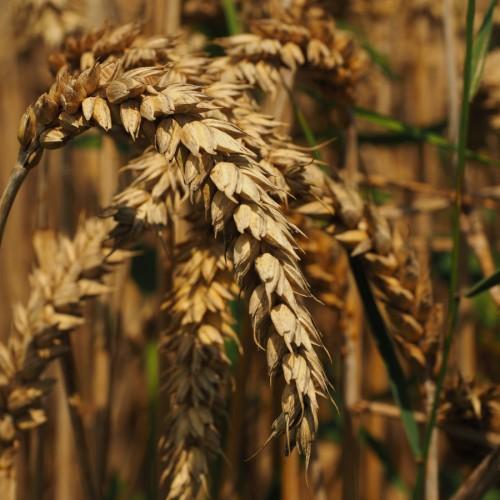
wheat
Triticum spp.
Cycle:
Herbaceous Perennial
Watering:
Minimal
Hardiness Zone:
5
Flowers:
Flowers In Spring
Sun:
Filtered shade, Part sun/part shade
Fruits:
Fruits In Summer Ready In Spring
Leaf:
Yes
Growth Rate:
High
Drought Tolerant:
Yes
Care Level:
Medium
watering
Western wakerobin should be watered when the soil feels dry to the touch, usually about once every 7 to 10 days. Water deeply using an outdoor hose, allowing the water to reach the roots and saturate the soil. Be sure to avoid overwatering, as this can cause root rot and other diseases. When watering, avoid wetting the foliage, as this can cause disease. Make sure the plant is in an area with good drainage, as prolonged periods of wetness can lead to root rot.
sunlight
Western wakerobin is a species of perennial flowering plant that grows best in areas with partial shade. It thrives in moist habitats and requires 4 to 5 hours of sun exposure when grown in full sun. For optimal growth, the plant should receive morning sun and indirect sunlight throughout the rest of the day. In colder regions, plant growth is best with exposure to more shade than sun in the winter months. In hotter regions, Western wakerobin needs more protection from direct sun, with partial shade providing protection against intense, midday sun exposure.
pruning
Western wakerobin (Trillium ovatum) should be pruned in late winter or early spring. Light pruning can be done by removing flower stalks and dead foliage to maintain a nice shape. If the plant gets too large, it can be carefully pruned back to the desired size being careful not to damage the rest of the plant. To encourage flowering, thin dead or dying leaves and stems. If more drastic pruning is desired, it can be done by cutting back a few inches of the entire plant.
